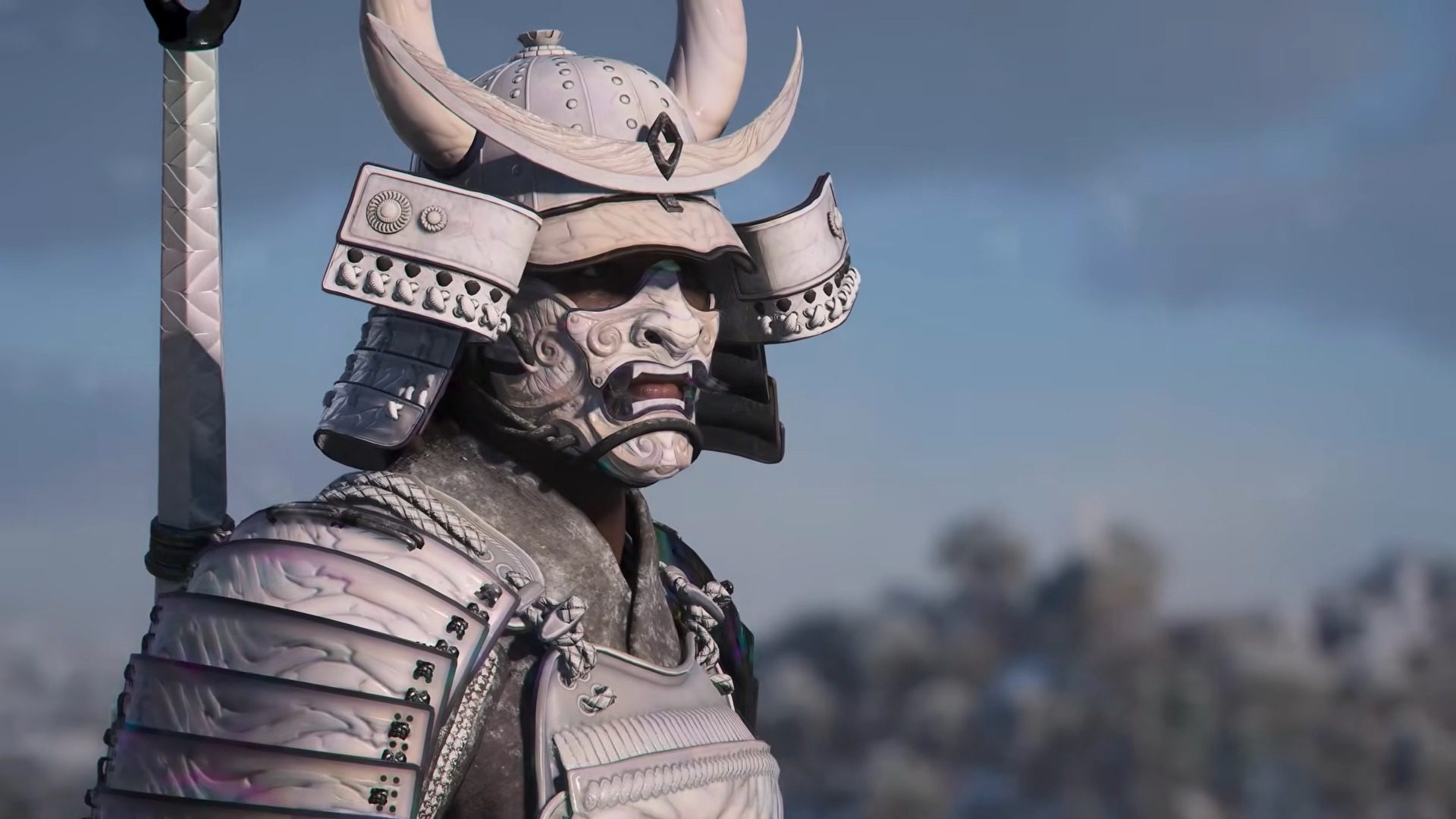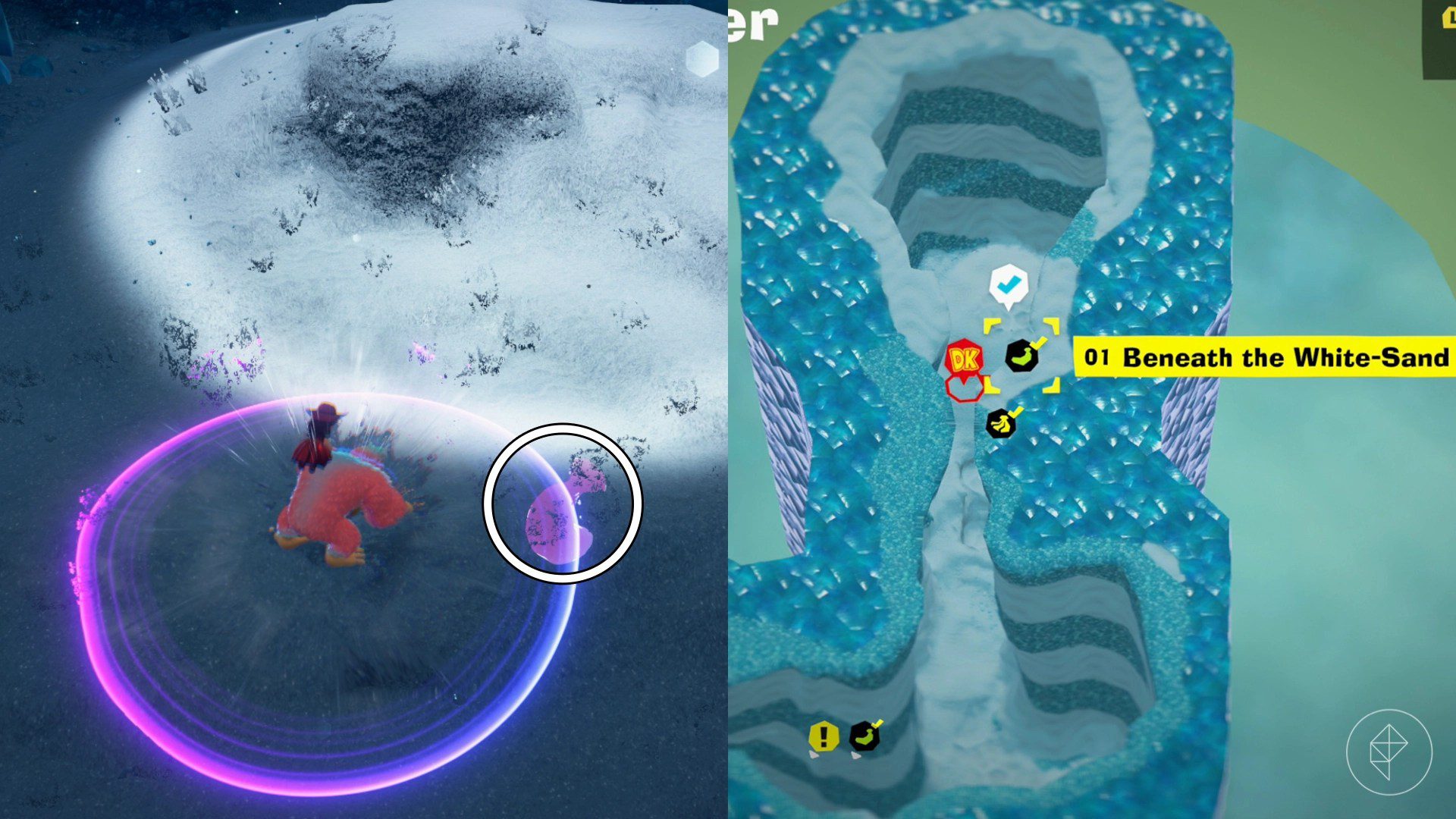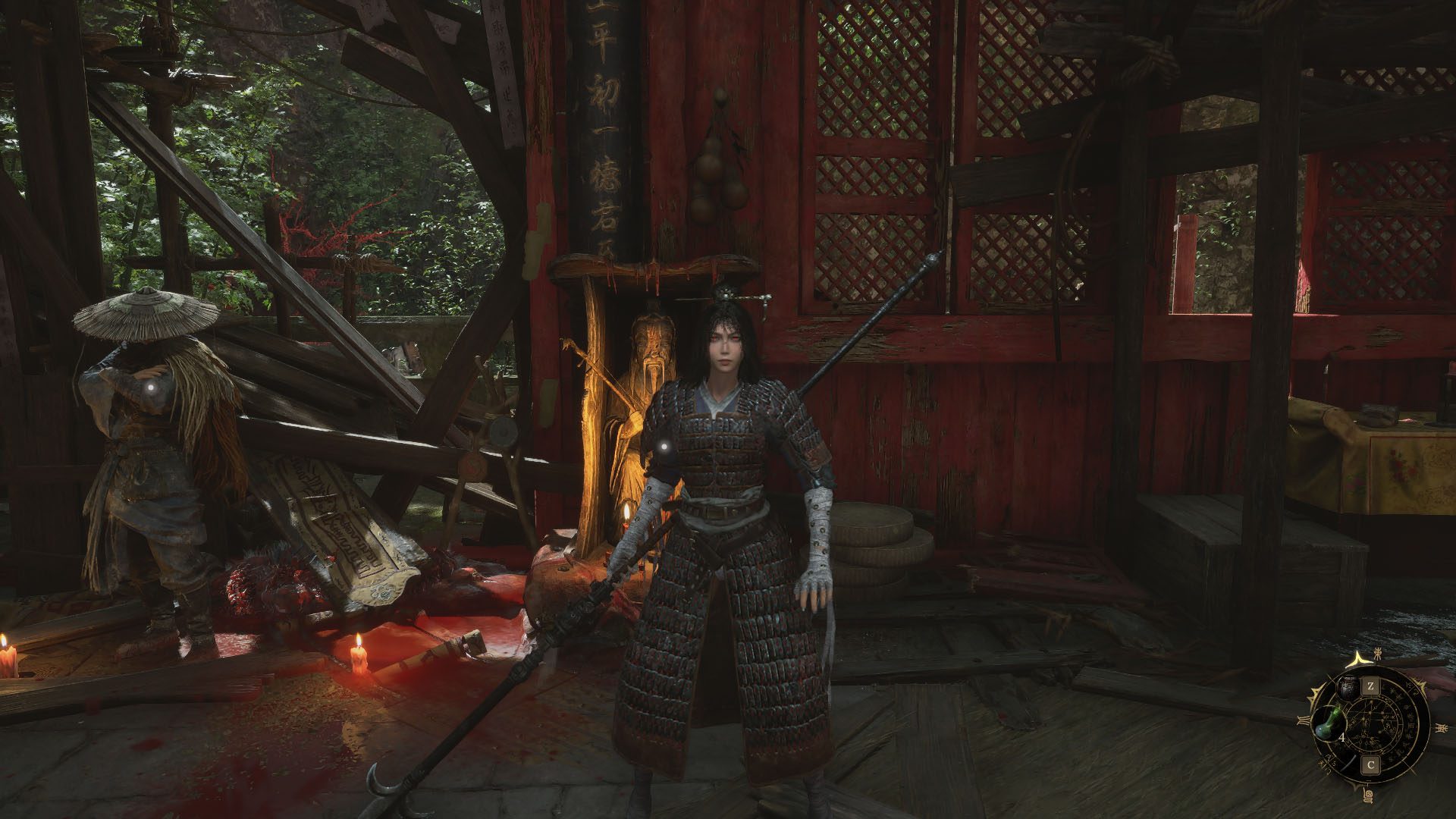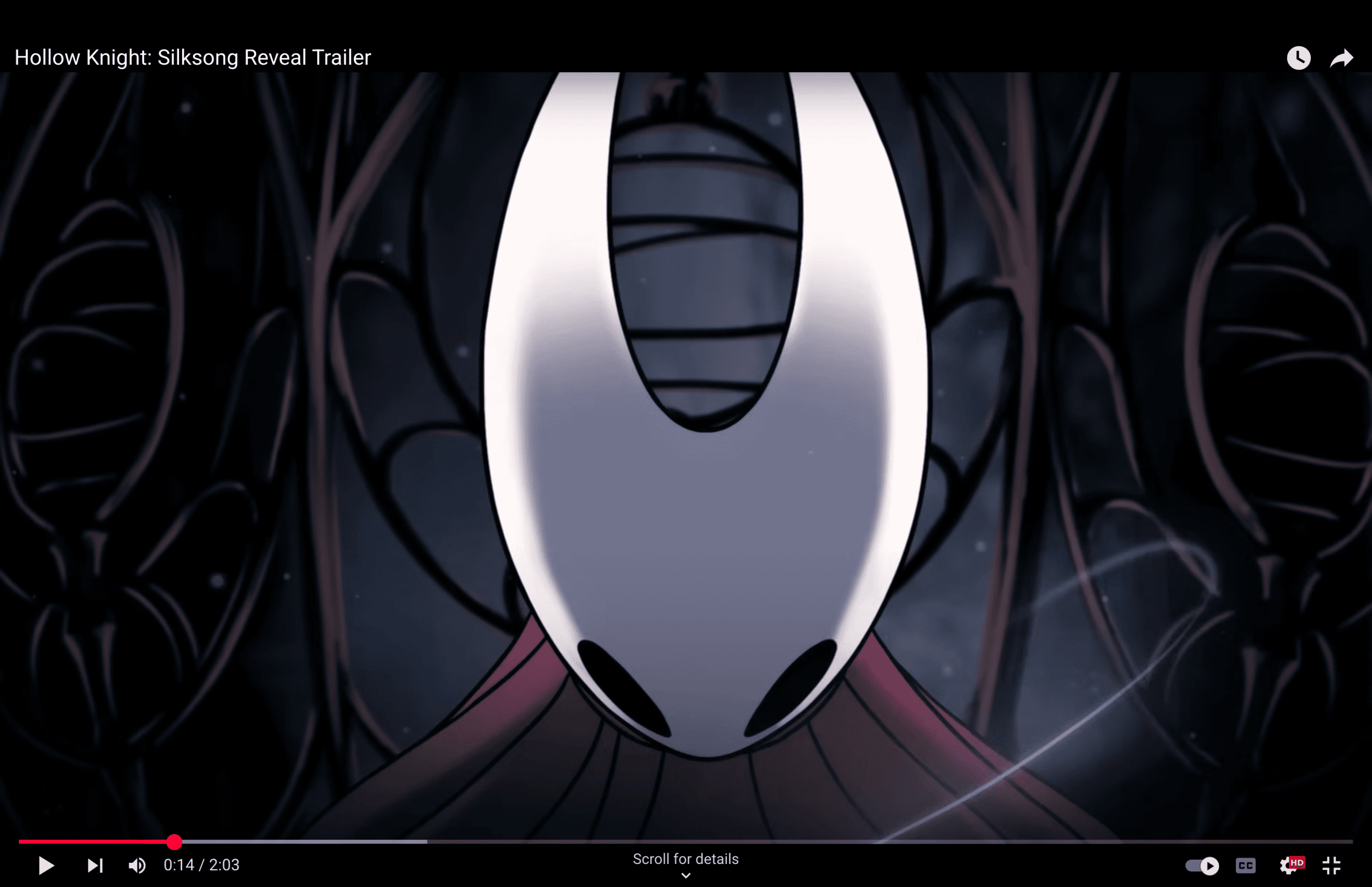Let’s Play creator Leeanne M. Krecic has always followed her heart — from anime enthusiast to tuba player to PC gamer to computer scientist to a webcomic career that spawned her alter ego, “Mongie.” And her committed pursuit to finding life’s most joyful path has also resulted in tremendous success.
Not only did Let’s Play, her breakout romantic comedy webcomic, attract millions of readers during its run on Webtoon from 2016 to 2022, the beloved series is now getting the anime treatment. On Tuesday, Crunchyroll announced that an animated adaptation from OLM (Pokémon, Berserk) will arrive to the platform later this year, making Krecic the first American woman to have her original comic adapted into an anime for the service.
The story of Sam Young, an anxious creative making it in the male-dominated gaming industry, all while opening her heart to love, struck a chord for those who stumbled upon Let’s Play. From its Deviant Art origins to its wide Webtoon circulation, Krecic has continually grappled with mental health, the ups and downs of life on the internet and unique relationships built in the gaming space. It’s all coming to the series, Krecic says in a sprawling new interview with Polygon.
On the heels of Crunchyroll’s announcement, Polygon sat down with Mongie to talk about the evolution of Let’s Play, what to expect from the anime, and where the comic is going next. Scattered throughout, you’ll find the first teaser for the anime and exclusive behind-the-scenes art.
This interview has been edited and condensed for clarity.
Let’s Play is going to be an anime. Is it a faithful adaptation? Was this an opportunity to reimagine it?
It’s going from one media format to another, so it’s not exactly 100% one to one, but it’s pretty close. But yeah, it covers a lot of the start of the comic and some things are rearranged and there’s some things in season 2 of the comic that are in season 1 of the anime. It’s not a retelling of the story, but it is trying to be true to the overall story message.
Who’s working on Let’s Play?
Cast: Kana Hanazawa as Sam Young
Director: Daiki Tomiyasu (Pokémon)
Series Composition: Aya Matsui (Pokémon)
Character Design Concept: Ebimo
Planning & Production: Slow Curve
Animation Production: OLM
I wasn’t sure if this was your chance to grapple with the “canon” of the comic. Creators often jump at the chance to tinker.
Right, yeah, one of the differences with the anime is that they’re including more gaming in it, which is great. I would’ve loved to have done more gaming in my comic, but I found after the comic started to become more popular that people were reading it for the romance more than for the gaming. And I was losing readers because there was enough niche information in the gaming aspect that it was just going right over their heads. So I had to find a balance to still appeal to an average reader of a comic, but also have a gaming flair to it, that it was still very much about gaming in the community.
I’m seeing your computer science background as you talk about the data points of successful webcomic-making, but approaching it all from the creative. You came into Let’s Play from a very different walk of life. Where did it all start and did it become a bigger thing than you expected?
So I left my previous employment in October, 2016, I believe. And then I didn’t really kick off on Let’s Play until spring of 2017. It wasn’t featured or picked up or anything. It was still independently being published by myself. So since 2017… it doesn’t seem like it’s been that long. There was the pandemic where there’s just this void of time and I think everybody’s experienced that where they just don’t remember two to three years.
It is definitely much bigger than I anticipated it was going to be. I expected it to be my breakout comic and I thought I would get my feet wet, but I didn’t know if it was going to be a comic that I was going to work on for years. But it has definitely become a great deal, more loved, cherished, and popular than I ever thought it was going to be — if I had known, I would’ve spent more time on the logo and definitely made the title a lot more SEO friendly because it really isn’t! But when I dove into it, I tried to be like, how much can I learn from this experience and develop and grow because I’m always trying to learn more.
You’ve lived in Kansas City for 25 years, while Let’s Play has roots in a Japanese art style. Do you think the comic occupies a unique cultural space? Will Let’s Play be the most Midwestern anime of all time?
No, it’s not Midwest at all, actually! I would say it’s very Californian, the Silicon Valley kind of tech-booming entertainment industry sort of thing. I don’t know if I really want to say it’s American even — it’s about the human experience. That’s what I wanted to emphasize: A lot of what the characters are facing… it doesn’t matter what country you’re from, because everybody goes through those different challenges in life.
One of the things I said when I was meeting with OLM out of Japan was: it doesn’t matter what country you’re from, everybody wants to find love. The story is the same in any place. With Let’s Play, a lot of people love gaming, a lot of people love romance, they have issues with illness, mental illness, physical illness, finances, career, all of these things. And I just think that’s so easy for people to relate to.
In that way, Let’s Play might still be about growing up in a place — just the internet instead of a country. Did you have a game that was particularly influential when writing about that experience?
Probably one of the biggest inspirations was World of Warcraft because I played that in 2005, I believe November, it had been out for a few months at that point. My husband and I dated online playing that game. We knew each other ahead of time, but that was also a date night.
One of the things about MMOs was that I cherished the friends and playing as a group. Teamwork, that’s what I loved about it. I love RPGs, I love single player, I love all that stuff, but I do love not grinding in an MMO by myself. I don’t like playing it on my own. I was of course a healer and I had raid nights with the Guild, and we played one or two times a week for hours in the evening. And that camaraderie you build was definitely a huge inspiration behind Let’s Play, the family you make in gaming.
Do you still have time for that? I can guess the answer.
Oh no. I’m a wiser person now and I know that those games are designed very much for you to not want to stop playing them. And I don’t have time to devote however many hours a day for dailies, grinding, all that kind of stuff. And it’s very difficult for me to put down, especially if friends want me to play. So I try not to get back into that gaming, to tempt myself from being one click away from not working anymore. My priorities have changed.
Did the characters in Let’s Play change as your personal priorities in life changed? Did they grow on their own?
We’re seeing it in Sam’s character in Let’s Play because she is in this transitional phrase. She could ultimately become the CEO of her father’s company, and that is a very stable and lucrative job, but she really wants to make games and be a gamer. But that’s a very potentially chaotic financial lifestyle, and could go very poorly for her. So she has to make these adult decisions: Do I pursue my career? Do I go to the meetings? She’s already dropped out of raids because she wants to maybe approach a romantic life and she’s trying to feel out if her priorities in life changed. And I think it’s still incredibly important to her because it’s not just gaming, it’s also her second family, so she doesn’t want to let people down.
Do you intend to return to Let’s Play?
I’m currently waiting for when I can return to the comic, but I am returning to Let’s Play, yes. I have to wait until exclusivity with the previous platform expires before I can return to it.
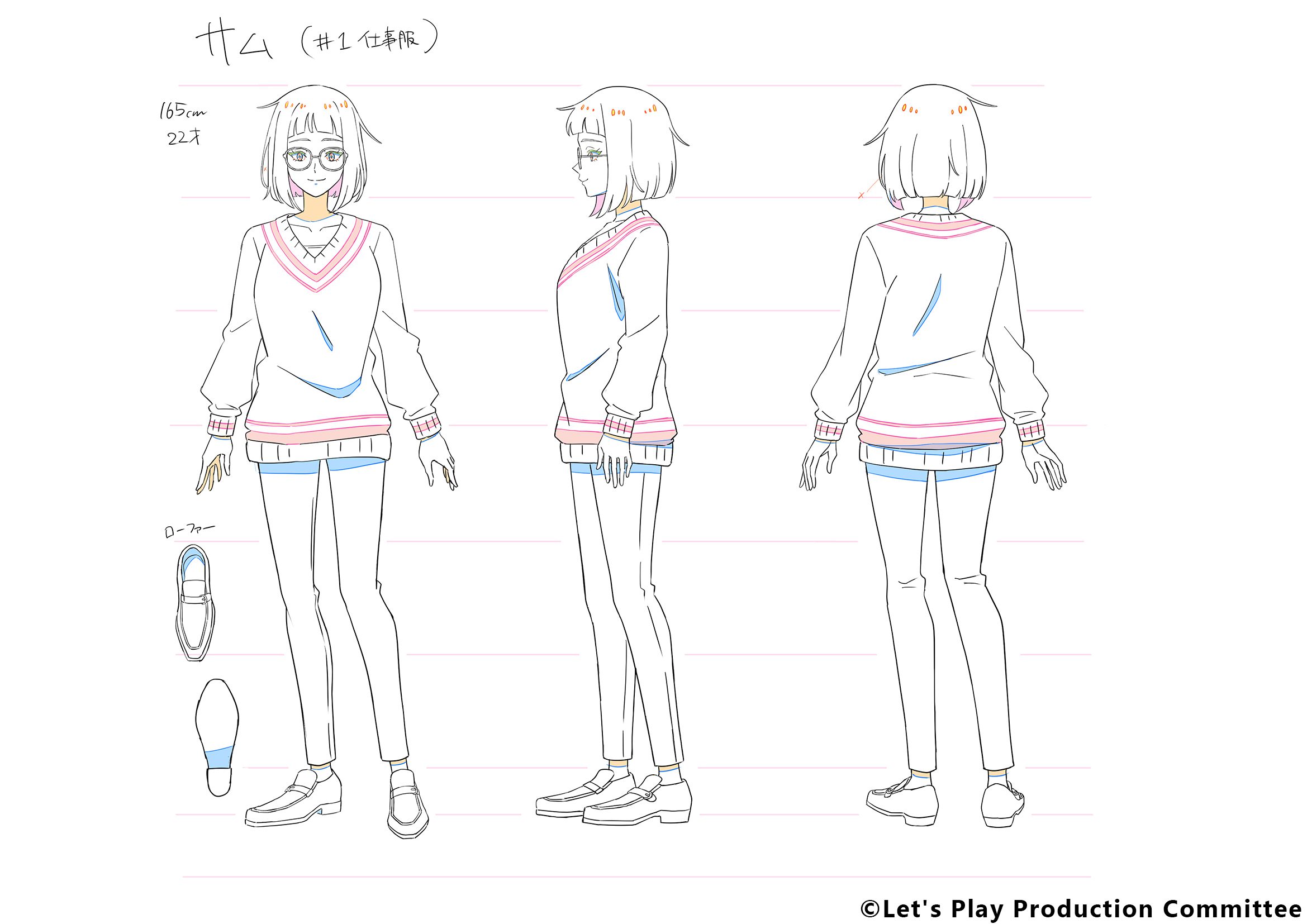

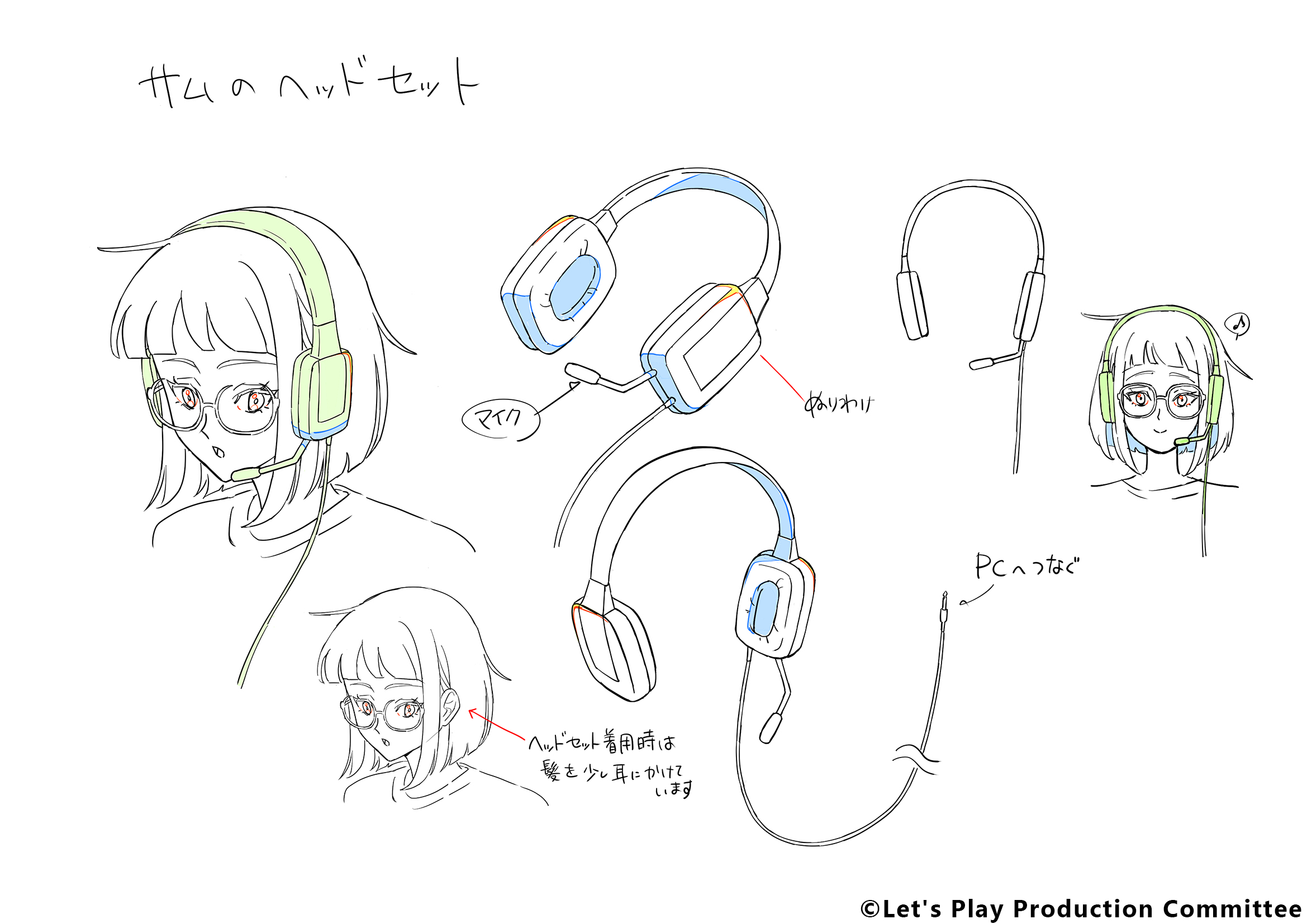
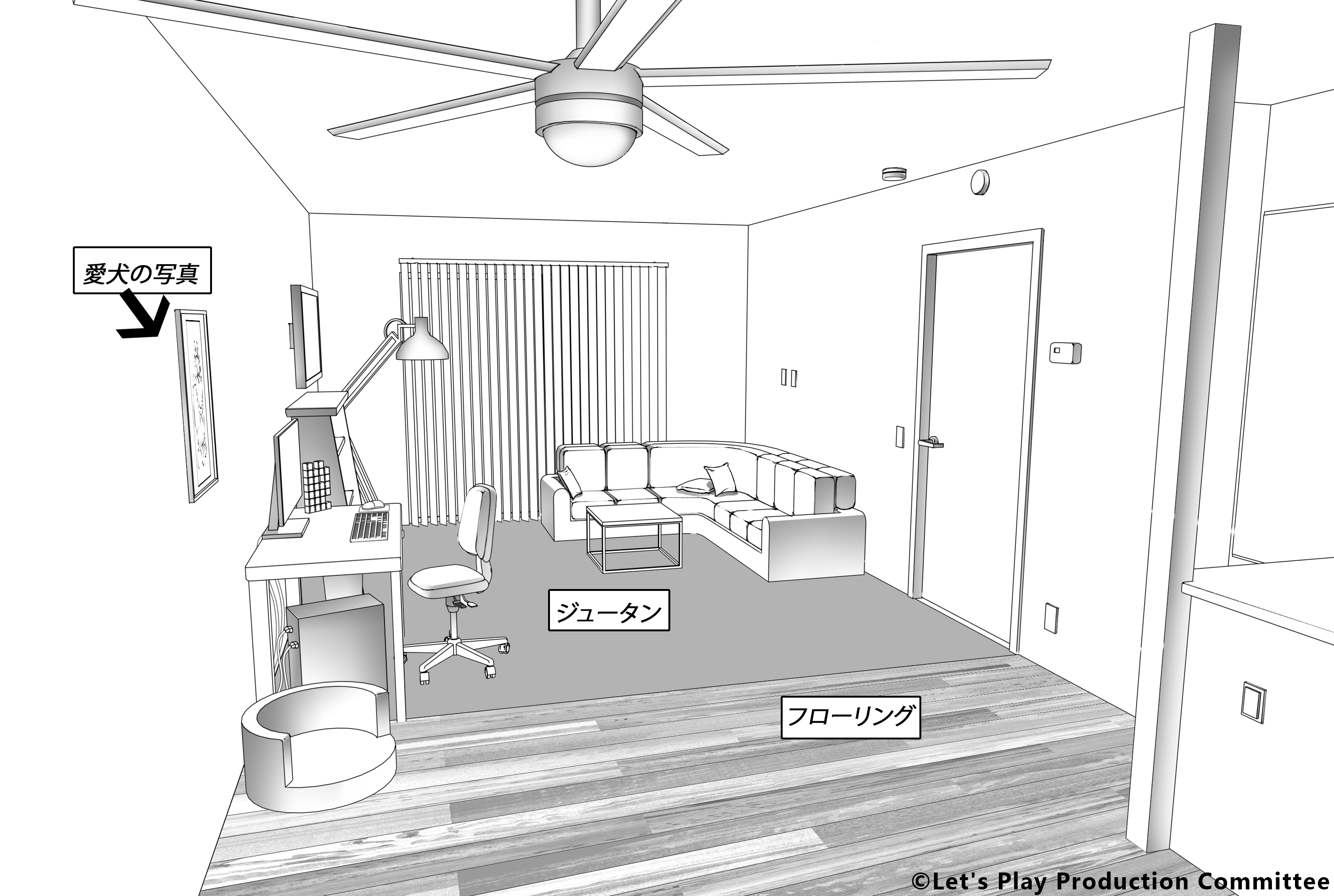
1/4Image: OLM/Crunchyroll
Let’s go back to the relationship with the audience, which was huge.
I think it was around 7 million international readers.
That has to be bigger than Garfield. How did you balance sticking to your vision and meeting expectations over the years?
I don’t want to say that I’m a pushover in the sense that I’m just going to yield to whatever is popular. That is very much not the case. But it’s more like, if the vibe or the energy of the readership is like, Oh, I don’t really fully understand the culture of gaming, but I would really, really want to continue to read the story. You know, my mother reads the comic, she knows nothing about gaming, but she has now learned about gaming. So it’s trying to help bridge the divide between gaming, comics and romance. You’re taking gaming comics, which is often a male dominated field, and romance, which is often female, and then you’re bringing it together.
Also I’ll fight anybody who says that men don’t like reading romance. That is absolutely not true!
What excited OLM about turning Let’s Play into an anime?
I think I can say it, but one of the things that they compared Let’s Play to was this really popular show in Japan called Ally McBeal.
And I was like, Whoa. I remembered that show, but I didn’t know it was popular in Japan. I often say the humor in Let’s Play is very similar to Scrubs. You see the fourth-wall breaks, you see meta humor all the time. I love Scrubs. I love that type of humor.
And I think OLM loved the gaming aspect too. They love the romance aspect of it, and I think they’re just really excited about it in a lot of different ways. They’re really energized.
Does Let’s Play feel like an opportunity to bring a different flavor to the anime landscape? Is it a particular kind of romance?
I think so. I mean, romance in comics has been a thing in Japan for decades. It was briefly in the U.S., but then it kind of died out because it was all telling the same story over and over again. And the Comics Code Authority kind of killed the industry a little bit.
They’ve got some great romance stories in Japan, but I think that one of the things about Let’s Play is that you have this character who is learning to be strong. She’s learning to be independent. She will stand up for her friends without even thinking, but she’s learning to do it for herself. I think that the professional industry in Japan for women has definitely been growing in that way, which is great. It’s wonderful to see just the growth of interest and opportunities for everybody. And also that gamers can want love and romance, and that there are options there as well. We’re not all just a bunch of shut-in basement dwellers or whatever.

What was it like hearing your characters speak for the first time? Did they sound like how you imagined they would?
I recently heard the voice actors in Japan record the first episode. They were speaking Japanese and I speak very little Japanese, but… I cried. It was an anime! If I heard them do it in English, it probably wouldn’t have impacted me as much as it did. But hearing them in Japanese, I cried a lot. It was amazing. I first knew it was real when I saw the character designs because, you know, things happen in the entertainment industry. Stuff happens, wrenches get thrown in. Then it became more and more real. Seeing the animated storyboard and hearing the voice acting, it was surreal and wonderful.
Speaking of stuff happening in the entertainment industry, there were plans for a live-action Let’s Play, right?
There was an option for live action, and then the pandemic hit three months later.
Do you think there’s a moment in the anime that will hit longtime readers particularly hard? The way the voice-acting hit you?
Off the top of my head… American readers, we import manga. We weren’t there when it was created. We were there when it was presented to us in a language we could read. And I think for American creators or American readers that would been fans of this comic, they might remember me doing concepts of this on Deviant Art. American readers have never had that opportunity before. They’ve never been there first. If I was a reader, if another creator was having this experience of a title that I loved, I would feel like that was very special to me, that I was “a fan before it was cool” — that sort of experience.
I loved Sailor Moon back in the day when they did scanlations on the internet in like 1994 or whatever. But even then, Sailor Moon had been out for a long time. When the anime came to the U.S. it was dubbed. It wasn’t in Japanese, and it had already been out for a long time. And it’s a big part of my life. But to know [readers] could be there for a part of it when it was created, I think that’s really awesome.
You plan on returning to Let’s Play — is it a lifelong journey for you? Is it something you could write forever?
I don’t know about Let’s Play, but I’ll die with my boots on, if not creating comics, then working in the industry. If there’s one thing I’ve learned is that a lot of creators need advocates. And I definitely think I have enough piss and vinegar in me that I can start confronting people and being like, “Be cool and you’ll get great work. Treat ‘em well, and they will give you amazing things.” It’s really not that common.
That is an incredibly noble and welcome sentiment. Let’s wrap on an important question: Does Let’s Play have a banger theme song?
It’s pretty dope! [OLM] did say, because I had some songs that I composed back in the day that I had as part of a digital listing online, so when you read the comic, there was background music. I wrote them 25 years ago back when I was a composition major. But I had all of that, and they wanted me to send that stuff over because they wanted to see if they could work it into the soundtrack, do a little homage. I had to figure out how to convert midi into a better format so it sounded better. To think that I wrote something 25 years ago that became relevant!
